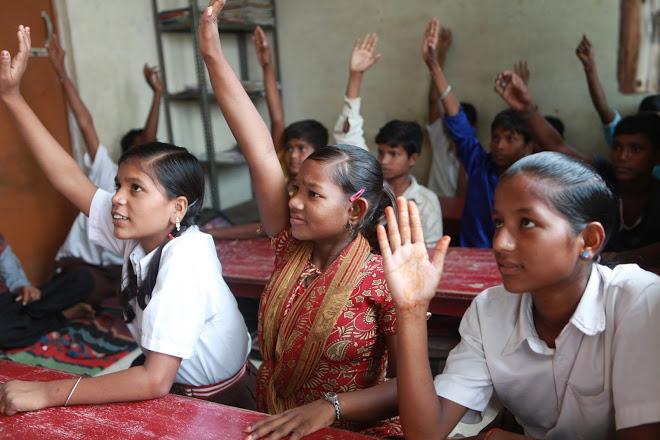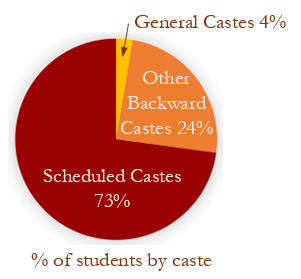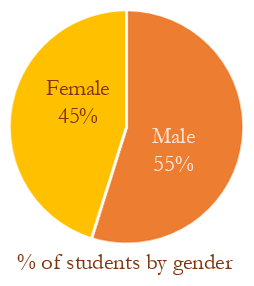.jpg)
Our Students

The primary criterion for admission into Asha Deep is that a child’s parents have had little or no education. Our students’ parents typically work doing unskilled and sporadic labor. Fathers are often alcoholic, an extra burden on already limited family resources. Money is a perpetual worry. Most of our families live in small, unfinished dwellings. They get water from nearby hand pumps and cook over wood or dung fires. They hand down clothes for years. Sometimes they are forced to make decisions like whether to buy medicine for a sick child or food for dinner. The smallest mishap — an accident or an ill family member— can push them over the line between managing life and being unable to obtain even basic necessities. Although most understand the value of education, paying to go to a decent school is beyond the means of these families.

We do not look at caste to determine the eligibility of a student for admission. If the parents have not studied and the family is poor, we will admit a student. As it turns out, most of our students are from the dalit (untouchable) caste and some of our students are in the OBC (other backward caste) category. currently, only four of our students are from a general(touchable) caste.
As far as religious background, most of our students are from Hindu families with less than 10% coming from Christian families. It’s simply the demographic of the area they live in. While we welcome children of any faith, we’ve had very few Muslim students over the years. Most Muslims here live in a different part of the city.

We equally encourage both boys and girls to study as far as possible. Our percentage split varies by year. One year we had an exact 50-50 split. At present we have a few more boys than girls.